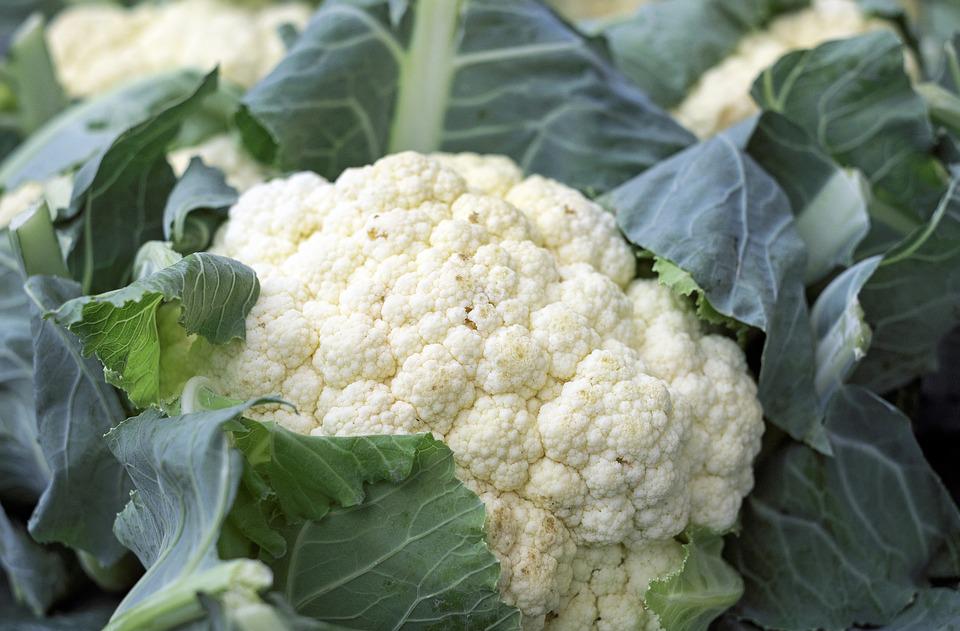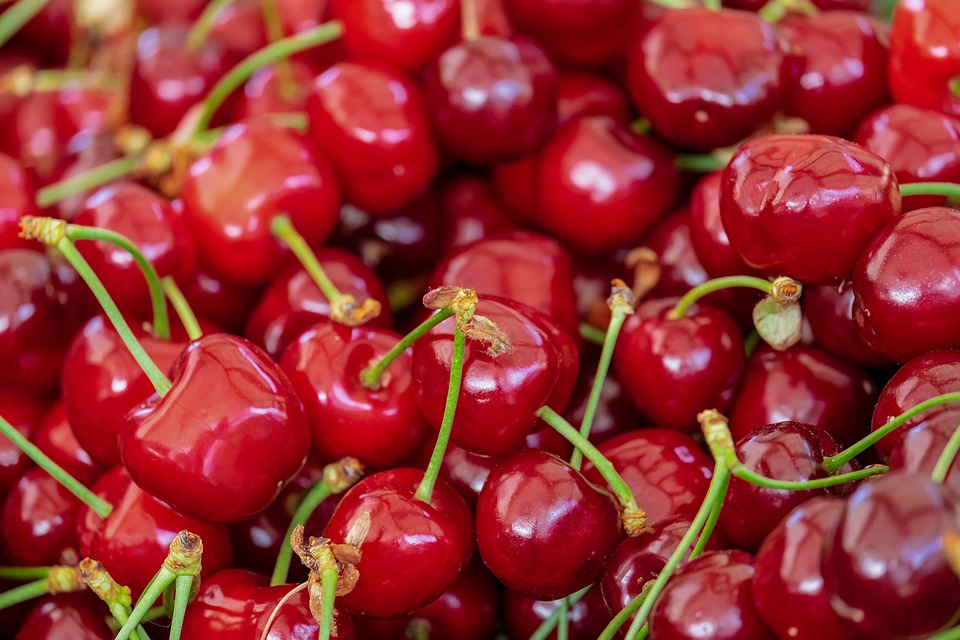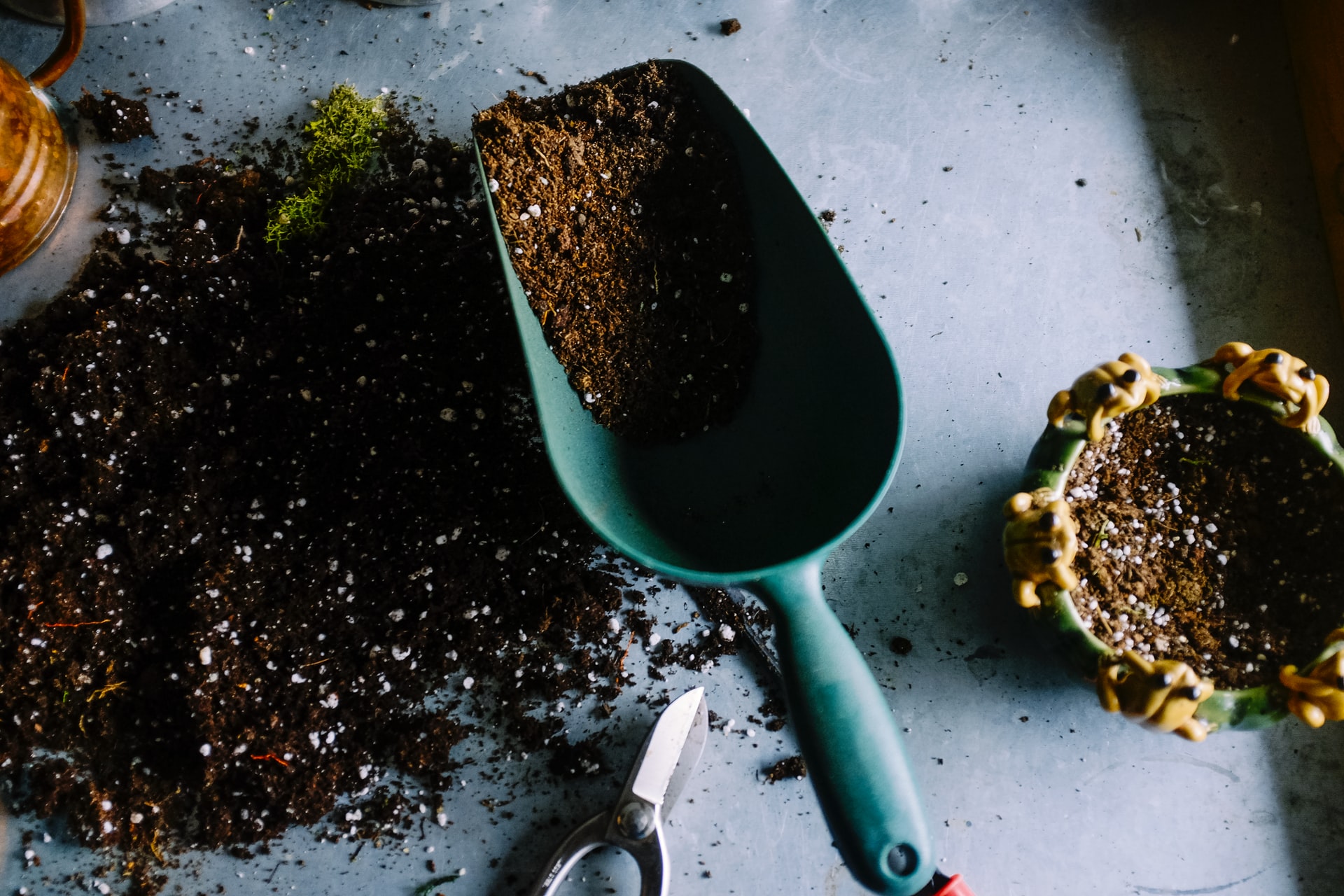Cauliflower cultivation usually begins in the fall. However, it can easily be planted in home gardens until winter frosts. Its unique flavor is used in a variety of recipes. On the other hand, this vegetable has many benefits for our health and should be consumed in abundance.
Cultivation of Cauliflower
Let’s take a look at the organic cultivation techniques for cauliflower. This plant gives us much satisfaction in the home garden, but the most important thing is to follow a few precautions. And by following the advice given below, you can grow a balanced crop.
Growing season
Cauliflower growers prefer cooler climates. In fact, it is a classic winter vegetable. Therefore, it is grown in late summer and fall.
Cultivation begins in August and September, develops during the fall, and arrives in midwinter.
Of course, these times can be shortened or extended. For example, in areas where winters are frigid, and frost is likely to occur in November, cauliflower should be planted in the field as early as August and as late as the beginning of September, with semi-early varieties being the best choice. Most vegetables are susceptible to frost, and cauliflower is no exception.
Cauliflower turns yellow, hardens, and becomes moldy when affected by frost.
On the other hand, in cold Mediterranean regions, cauliflower can continue to grow safely through winter and spring. In this case, not only can cauliflower be planted later, such as in early fall, but also later varieties can be chosen, up to 120 days.
Soil and Subsoil
Growing cauliflower means developing a medium-depth taproot. The soil in which it grows should be very loose and soft. This facilitates initial development, which is very important for crop success. In this sense, tamping (bleaching), which is done about a month after transplanting, is an essential growing operation.
This makes the plant stems larger, more balanced, and more resistant to wind. By tamping, weeds are also weeded out simultaneously, meaning weeds are cleared away and will not be needed for the rest of the growing season. In fact, the plants will expand and take over the adverts, taking up light and space.
Planting Distance and Irrigation
Cauliflower needs space to grow properly. The recommended distances are 40 cm between plants and 50 cm between vines; in the greenhouse, leave 60 cm between one plant and the next, even when growing late varieties. The plants tend to develop and produce impressive vegetation.
When growing cauliflower, it’s essential for the plant to never run out of water. It is a necessary ingredient for the plant to grow properly.
We can only avoid open fields after rain; we will need an adequate support water system on other days. Of course, it is best to avoid stagnant water and mold growth.

Biological Defense Against Parasites
Cauliflower cultivation is susceptible to many pests and diseases. This vegetable is a very welcome meal for certain insects, which attack the sweet leaves to feed and grow. The main parasites are cabbage , snails , and articha.
Keep in mind that if the disease occurs early in the growth of cabbage, the damage can be severe. Plants with invaded leaf blades will be stunted.
Therefore, it is at this stage that intervention is necessary. After that, the vegetation will be such that some infestation can be ignored because of the cold season and the cessation of the moth reproductive cycle.
Harvesting Cauliflower
Cauliflower is ripe when the clusters are well formed and emerging from the center of the plant. They should also be white and firm. Harvesting should not be delayed, and the single flowers that form the pollen heads should not differ from one another.
Tules vary in size depending on the variety chosen. Some types can be 25 cm or more in diameter and weigh up to 2 kg.
In general, medium-early varieties produce 1k gil.
Let us know if these few tips have helped you in the comments below!



